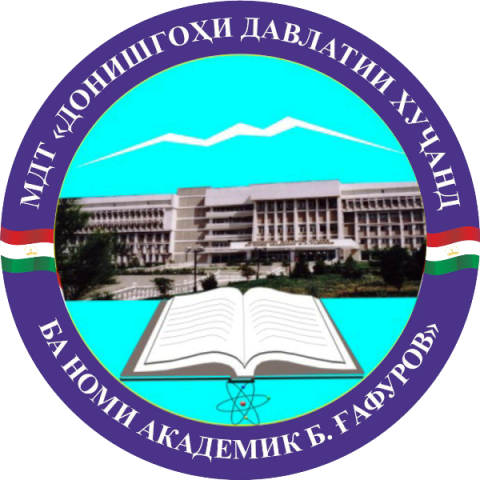2022
TEXTOLOGICAL PROBLEMS OF TRANSLATION OF THE NOVEL "DOKHUNDA" BY S. AINI INTO RUSSIAN
 
Authors: Muruvvatiyon Jamila Jamol, Dr. of Philology, chief researcher of the Institute of language and literature named after A.Rudaki under the National Academy of Sciences of Tajikistan (Tajikistan, Dushanbe)
JOURNAL NUMBER: 3(72). YEAR OF ISSUE: 2022.LANGUAGE OF THE ARTICLE: Tajik
 
 ANNOTATION
The article dwells on textological problems of translation of the novel "Dokhunda" by S.Aini into Russian. It is emphasized that the topic of translating the works of S.Aini into various languages of the peoples of the world is very relevant and a considerable amount of research has been carried out in this context, but so far a comparative analysis of two Russian translations has not been carried out in Tajik literary criticism. It is argued that the presence of a large number of translations of the same works by S.Aini, published in the last century, puts on the agenda the issue of the so-called translation plurality. Aini into Russian, carried out in 1956 and 1971 by the translator, orientalist and screenwriter O.E. Erberg. In this regard, a comparative analysis of the approaches of the Russian translator to solving the problems that arise when translating this work from Tajik into Russian seems relevant. The differences between the two texts of the translation of the novel "Dokhunda" are revealed, it is also proved that the translations of works of art from Tajik into Russian, made in the twentieth century, were carried out according to the same principle - to adapt the text of the Tajik author for the perception of the Russian reader. In the course of the analysis, the author comes to the conclusion that translation plurality has certain postulates, based on which the novel "Dokhunda" requires its new re-translation, and the comparison of different translations will open up the translator's creative potential.
KEY WORDS
translation plurality, literary translation, novel, Tajik literature, Russian literary criticism, addition, omission.
 ðÉð¢ð│ð╗ð©ð╣Ðüð║ð©ð╣
ðÉð¢ð│ð╗ð©ð╣Ðüð║ð©ð╣
 ðóð¥ÊÀð©ð║Ëú
ðóð¥ÊÀð©ð║Ëú  ðáÐâÐüÐüð║ð©ð╣
ðáÐâÐüÐüð║ð©ð╣ 
